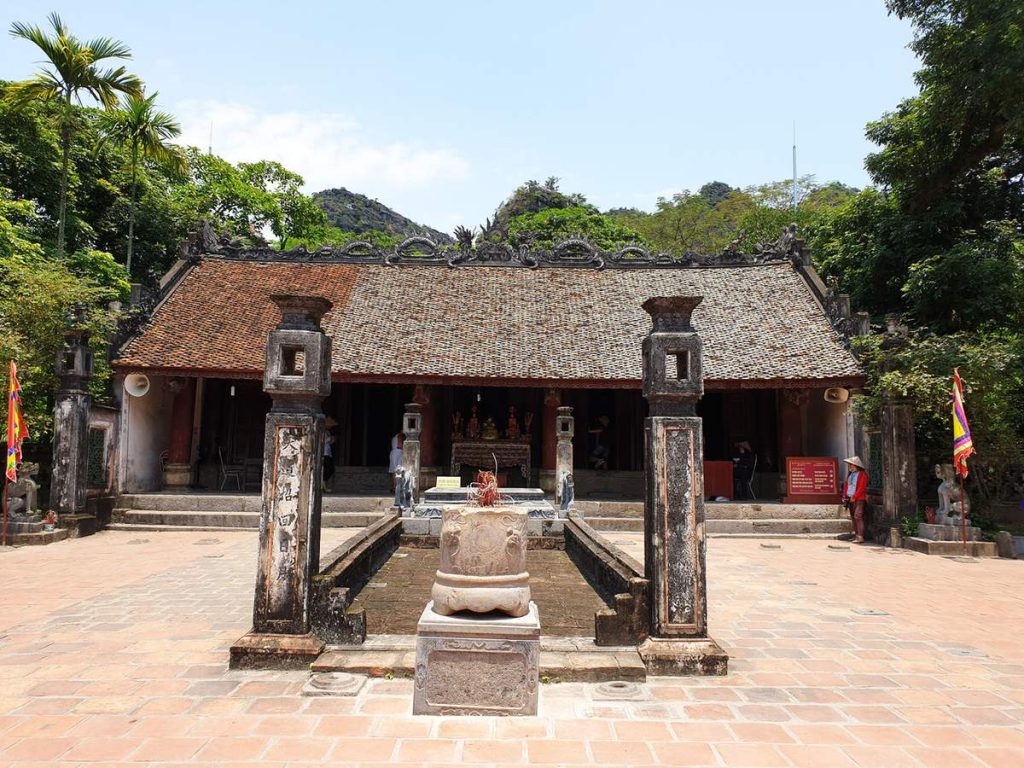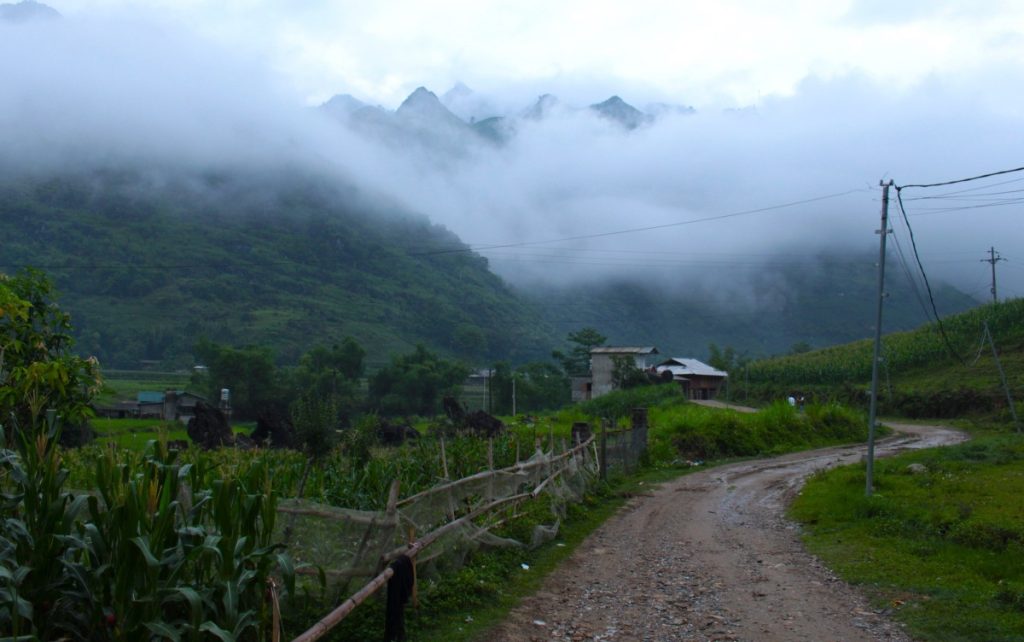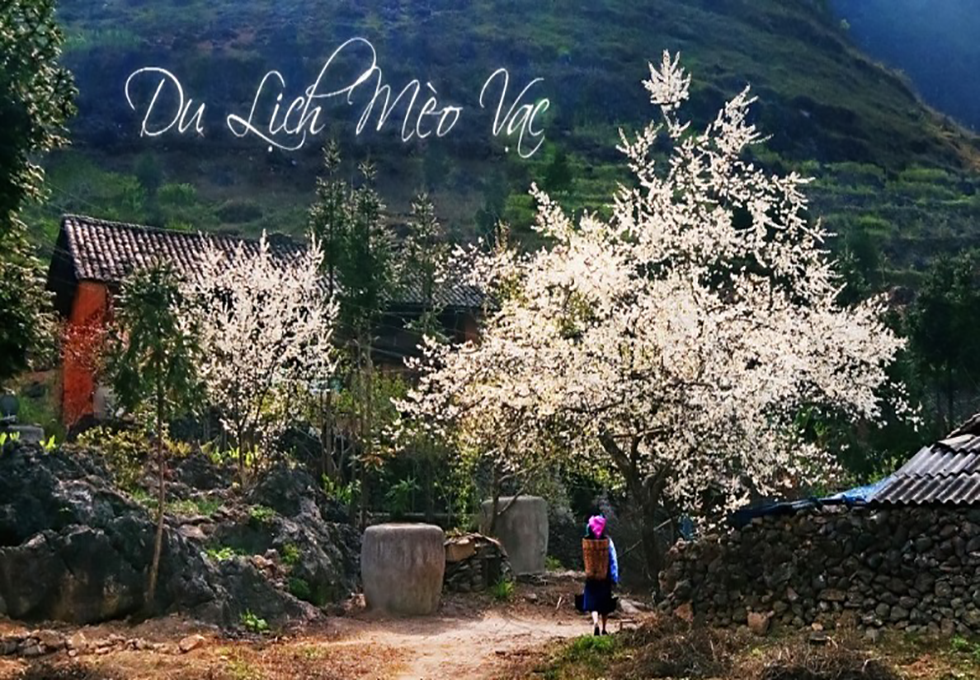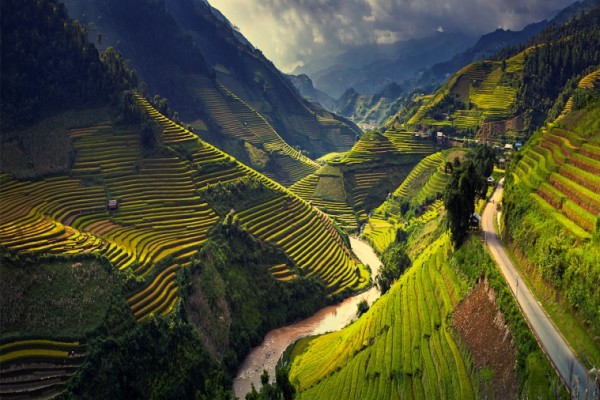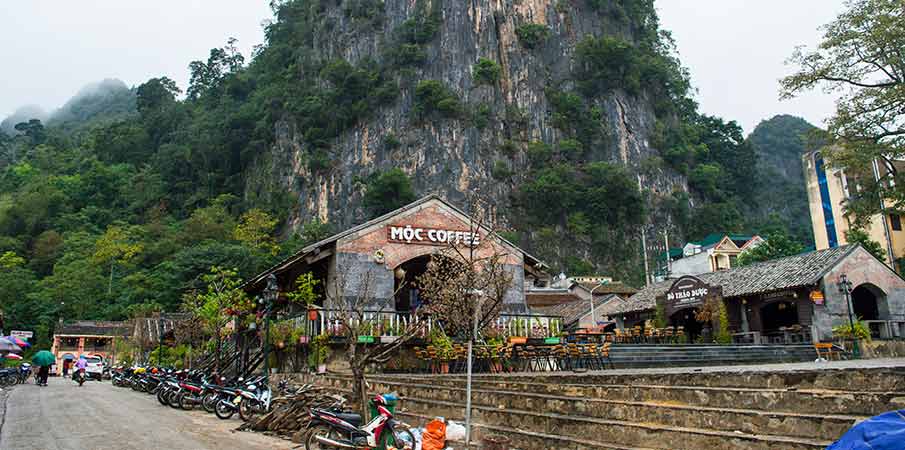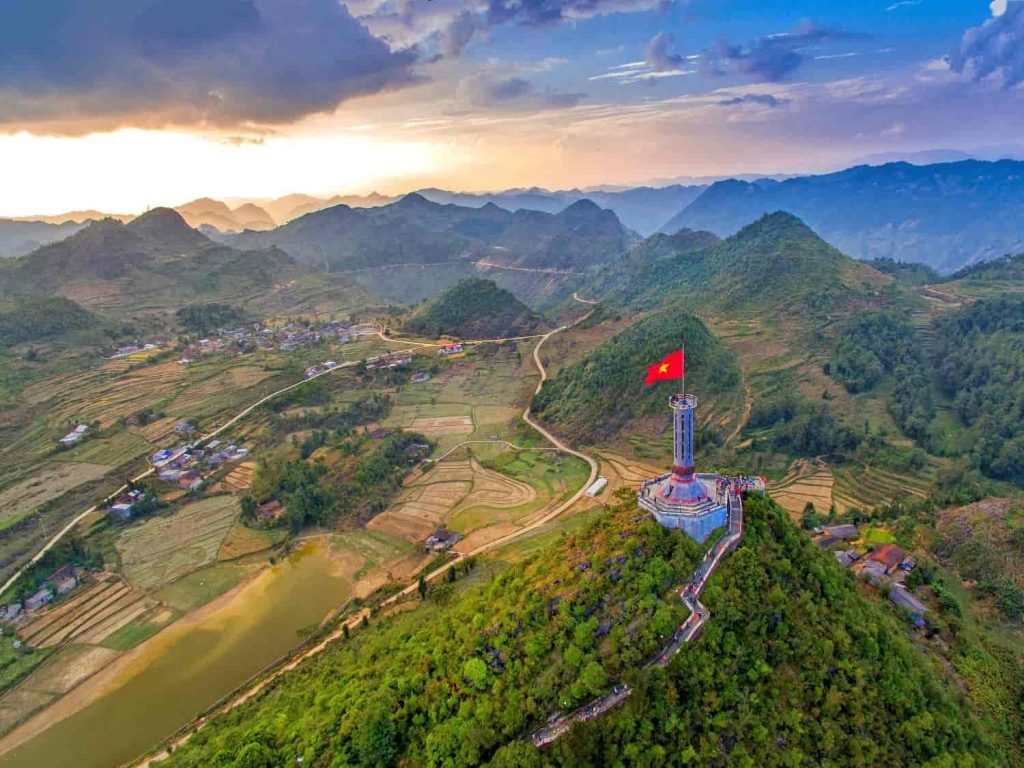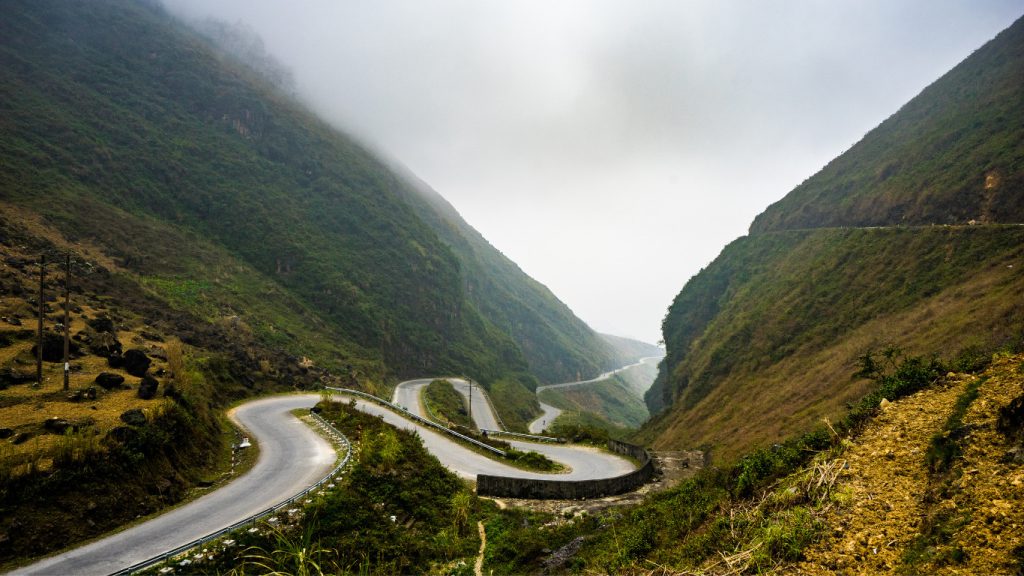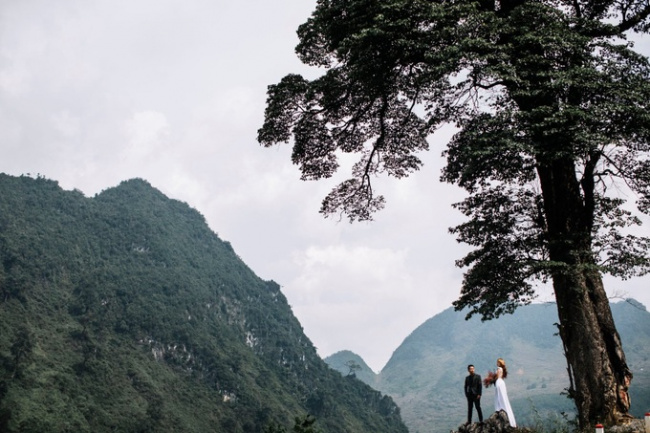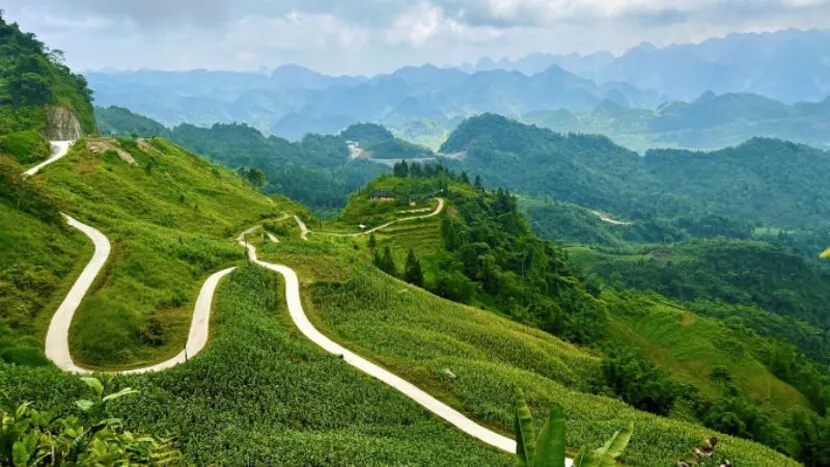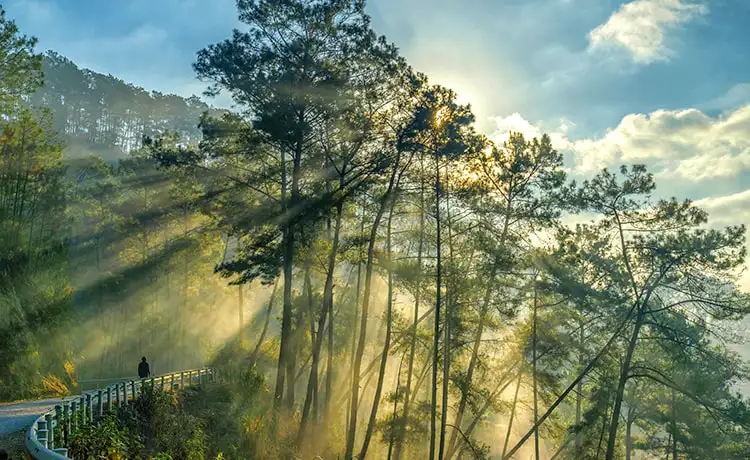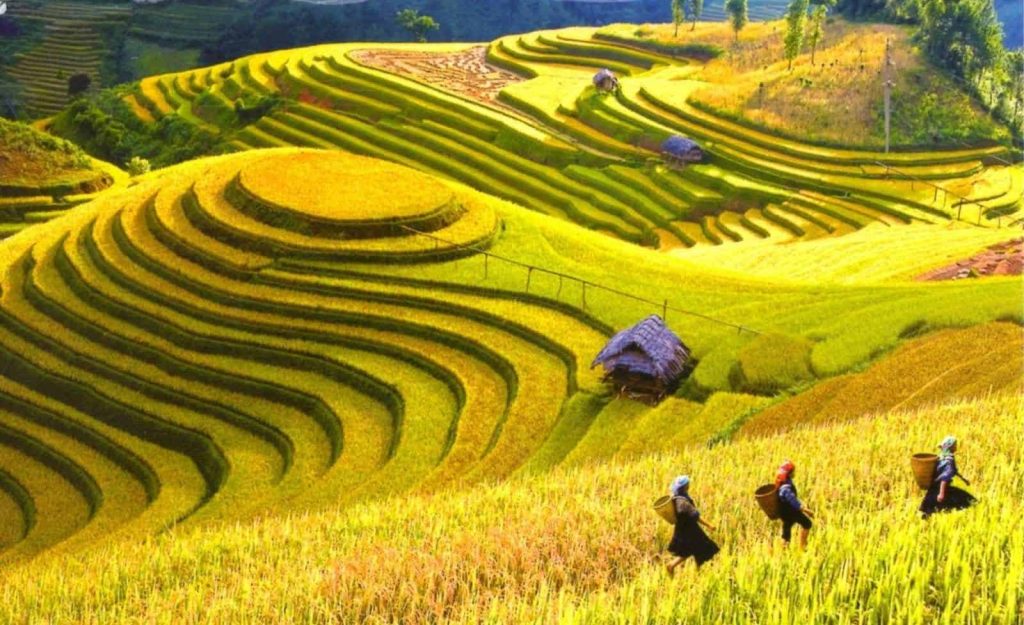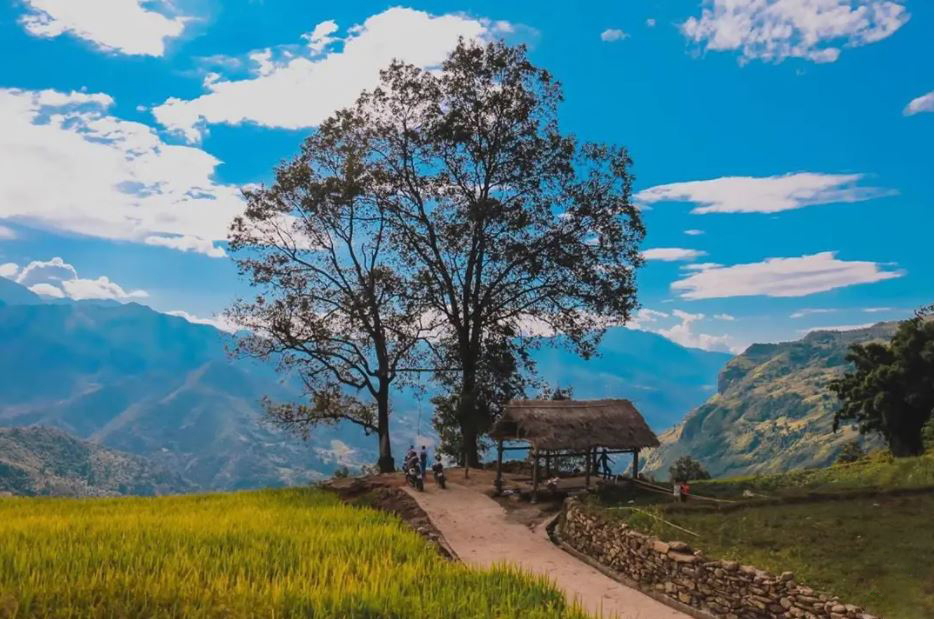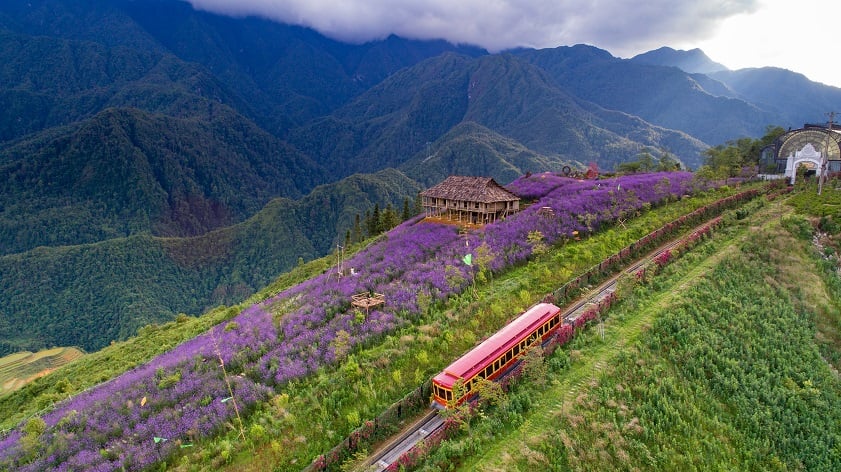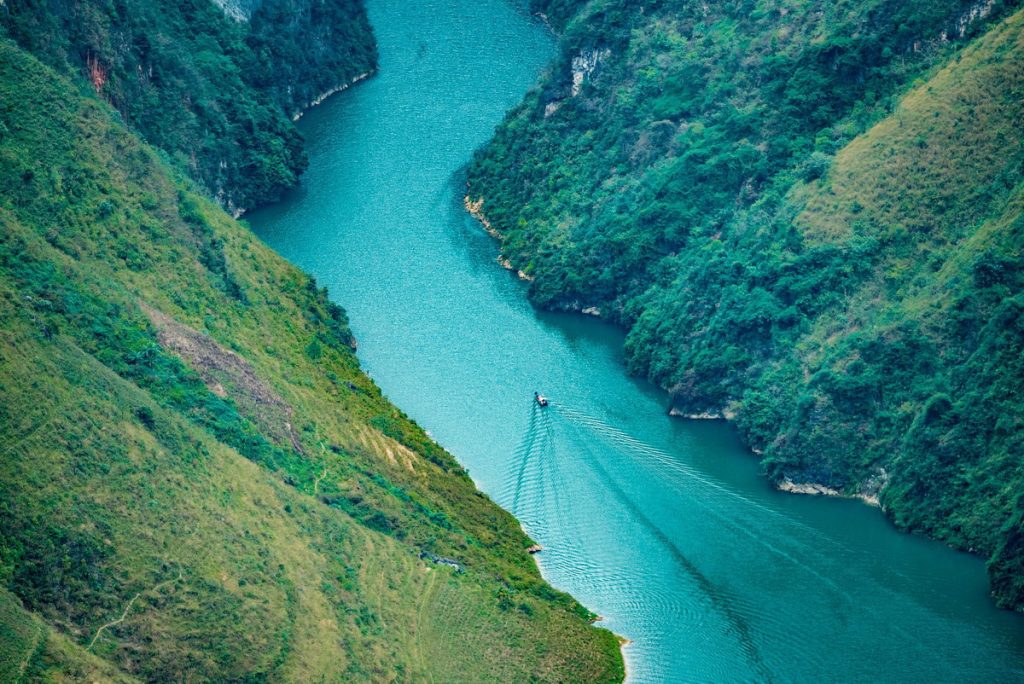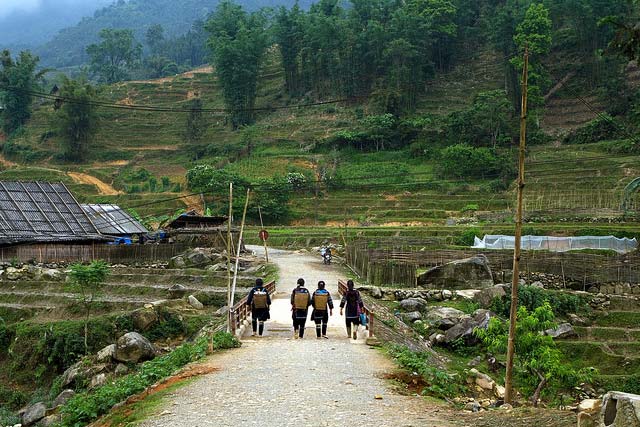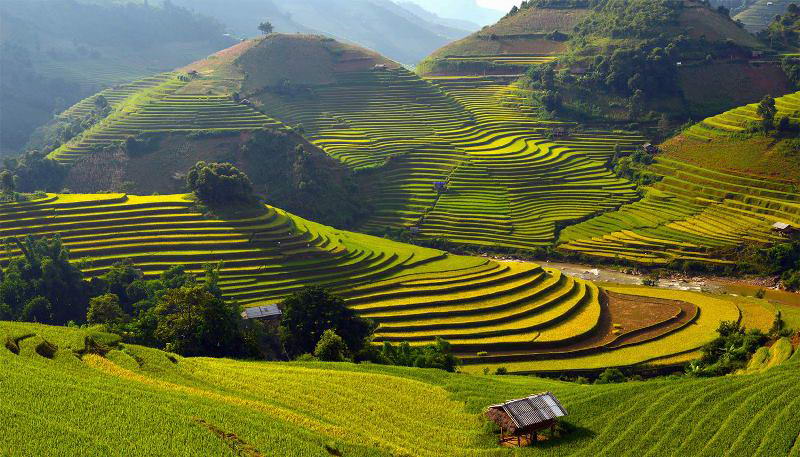Bac Kan – A guide basic for the trip
Bac Kan is a province located in the northeastern region of Vietnam, known for its stunning natural landscapes and cultural diversity. The province is characterized by lush green mountains, pristine lakes, and dense forests, offering opportunities for eco-tourism and outdoor activities such as hiking, trekking, and wildlife spotting.
Bac Kan is home to Ba Be National Park, Vietnam’s largest natural freshwater lake surrounded by towering limestone mountains and rich biodiversity. Visitors can explore traditional Tay ethnic minority villages, learn about local customs, and enjoy homestay experiences.
Besides its natural beauty, Bac Kan has historical sites like Puong Cave and ATK Cho Don, significant during Vietnam’s struggle for independence. The province also produces agricultural products such as tea and rice, adding to its economic importance. Bac Kan provides a serene escape into Vietnam’s northern highlands, blending scenic beauty with cultural immersion.
I. When is the best time to visit Bac Kan?
The best time to visit Bac Kan is during the dry season, which typically spans from October to April. This period offers favorable weather conditions for exploring the province’s natural attractions and engaging in outdoor activities. Here’s a breakdown of the seasons:
- Cool and Dry Season (October to April):
– This season features cooler temperatures and lower humidity, making it ideal for activities such as hiking, trekking, and exploring Ba Be National Park and other natural landscapes.
– October and November are particularly pleasant months, with clear skies and comfortable temperatures.
- Spring (March to April):
– Spring in Bac Kan brings blooming flowers and lush greenery, enhancing the natural beauty of the region. It’s a good time for photography and enjoying the vibrant landscapes.
- Avoid the Rainy Season (May to September):
– Bac Kan experiences a rainy season from May to September, characterized by higher humidity and frequent rainfall. Heavy rains may lead to muddy roads and limited access to some areas, affecting outdoor activities.
Overall, planning a visit to Bac Kan during the dry season ensures a more enjoyable and rewarding experience, with pleasant weather conditions and optimal opportunities for exploring the province’s natural wonders and cultural heritage.
II. What to do in Bac Kan?
In Bac Kan, a province in northeastern Vietnam known for its natural beauty and cultural diversity, there are several activities and attractions that visitors can enjoy. Here’s what you can do in Bac Kan:
- Visit Ba Be National Park: Explore Vietnam’s largest natural freshwater lake, Ba Be Lake, nestled amidst limestone mountains and surrounded by lush forests. Take boat trips on the lake, visit Puong Cave, and hike trails to see waterfalls and diverse wildlife.
- Trekking and Hiking: Bac Kan offers excellent opportunities for trekking and hiking, especially in Ba Be National Park and surrounding areas. Explore trails that lead to scenic viewpoints, traditional villages of ethnic minorities, and hidden natural wonders.
- Homestay Experience: Stay with local Tay ethnic minority families in villages around Ba Be Lake or Cho Don area to experience their traditional way of life, enjoy home-cooked meals, and learn about their customs and culture.
- Explore Puong Cave: Visit Puong Cave, known for its impressive stalactites and stalagmites, located along the Nang River. Take a boat ride through the cave to admire its natural formations.
- ATK Cho Don Historical Site: Learn about Vietnam’s history and visit the ATK Cho Don (Uncle Ho’s Safety Zone) historical site, where President Ho Chi Minh lived and worked during the resistance against French colonial rule.
- Bird Watching and Wildlife Spotting: Bac Kan is home to a variety of bird species and wildlife. Bird watchers can enjoy spotting endemic and migratory birds in Ba Be National Park and surrounding forests.
- Visit Ethnic Minority Villages: Besides the Tay ethnic group, Bac Kan is home to other ethnic minorities such as Hmong and Dao. Visit their villages to observe their traditional handicrafts, costumes, and agricultural practices.
- Enjoy Local Cuisine: Taste traditional dishes of the Tay ethnic group and local specialties such as grilled fish from Ba Be Lake, bamboo shoots, and wild vegetables. Don’t miss trying local rice wine (ruou can) and tea.
Bac Kan offers a blend of natural wonders, cultural immersion, and historical sites, making it a unique destination for travelers seeking authentic experiences in northeastern Vietnam.
III. What local specialties does Bac Kan have that you must try?
Bac Kan province in northeastern Vietnam offers a variety of delicious local specialties that highlight its cultural diversity and agricultural richness. Here are some must-try dishes and specialties:
- Com Lam (Bamboo Rice): Sticky rice cooked inside bamboo tubes, giving it a unique aroma and flavor. Com Lam is often enjoyed with grilled dishes or eaten as a snack.
- Grilled Fish from Ba Be Lake: Freshwater fish from Ba Be Lake, such as ca lang (snakehead fish), grilled with herbs and served with rice noodles or rice paper and dipping sauce. It showcases the local fishing culture and the natural bounty of the lake.
- Au Tau Porridge: A traditional dish made from glutinous rice and water, typically served with sesame salt or peanuts. It’s a simple yet comforting breakfast option popular among locals.
- Ruou Can (Can Wine): A traditional rice wine that is fermented in a large jar (can) with a bamboo pipe for drinking. It’s often enjoyed during festivals and social gatherings, offering a taste of local hospitality.
- Hill Chicken (Ga Dan Toc): Free-range chicken raised in the mountainous areas of Bac Kan, known for its lean meat and robust flavor. It’s commonly grilled or simmered in traditional dishes.
- Wild Vegetables and Herbs: Bac Kan’s forests offer a variety of wild vegetables and herbs that are used in local dishes, adding unique flavors and nutritional benefits.
- Bamboo Shoots: Fresh bamboo shoots are a seasonal delicacy in Bac Kan, used in stir-fries, soups, and other dishes. They provide a crisp texture and subtle taste to local cuisine.
- Local Fruits: Enjoy seasonal fruits such as persimmons, plums, and wild berries, which are grown locally and contribute to the region’s agricultural diversity.
These local specialties reflect Bac Kan’s rich culinary heritage, incorporating ingredients sourced from its forests, lakes, and mountains. They offer a taste of authentic northeastern Vietnamese cuisine, making Bac Kan a rewarding destination for food enthusiasts exploring the region.
IV. How to get to Bac Kan?
Getting to Bac Kan, a province in northeastern Vietnam known for its natural beauty and cultural diversity, involves several transportation options depending on your starting point:
- From Hanoi:
– By Road: Bac Kan is located approximately 160 kilometers (about 100 miles) north of Hanoi. The most common way to travel from Hanoi to Bac Kan is by road. You can take a bus, shuttle van, or hire a private car/taxi. The journey typically takes around 3 to 4 hours, depending on traffic and road conditions. Buses usually depart from major bus stations in Hanoi such as My Dinh or Gia Lam Bus Station.
- From Noi Bai International Airport (Hanoi):
– Upon arrival at Noi Bai Airport in Hanoi, you can take a taxi or airport shuttle to Hanoi city center. From there, proceed to Bac Kan by bus, shuttle van, or private car/taxi as mentioned above.
- By Train:
– While there isn’t a direct train service to Bac Kan, you can take a train from Hanoi to nearby cities like Thai Nguyen or Bac Giang. From these cities, you can then continue your journey to Bac Kan by bus or taxi.
- By Bus: Several bus companies operate routes connecting Hanoi with Bac Kan. Buses depart from Hanoi’s major bus stations, and the journey usually takes around 3 to 4 hours, depending on traffic and stops along the way.
- By Motorbike: For adventurous travelers, motorbiking from Hanoi to Bac Kan is also an option, providing flexibility and a chance to explore the countryside. Ensure you have a valid Vietnamese driver’s license and understand local traffic rules.
- By Car Rental: Renting a car or hiring a private car with a driver offers convenience and flexibility, especially for travelers who prefer a direct and comfortable journey from Hanoi to Bac Kan.
Once in Bac Kan, local transportation options such as taxis, motorbike taxis (xe om), and rental bikes or cars are available for exploring the province and its various attractions. It’s advisable to check for current transportation schedules and options, especially if traveling during peak tourist seasons.
If you need more information, please contact us Mail: zgotravelvietnam@gmail.com or WhatsApp: +84 9766 09451.
By the way, a new beautiful place called Ha Giang loop which is very interesting, check this out: https://www.getyourguide.com/hanoi-l205/from-hanoi-3-day-ha-giang-loop-small-group-t739208
For Lan Ha Bay & Halong Bay trip, check this out: https://www.getyourguide.com/ha-long-l119790/from-ha-noi-2-day-lan-ha-ha-long-bay-5star-with-balcony-t739040/
Or https://www.tripadvisor.com/AttractionProductReview-g3737857-d28097153-Lan_Ha_Bay_Ha_Long_Bay_5_Stars_Private_balcony_2_days_trip-Tuan_Chau_Island_Halon.html

